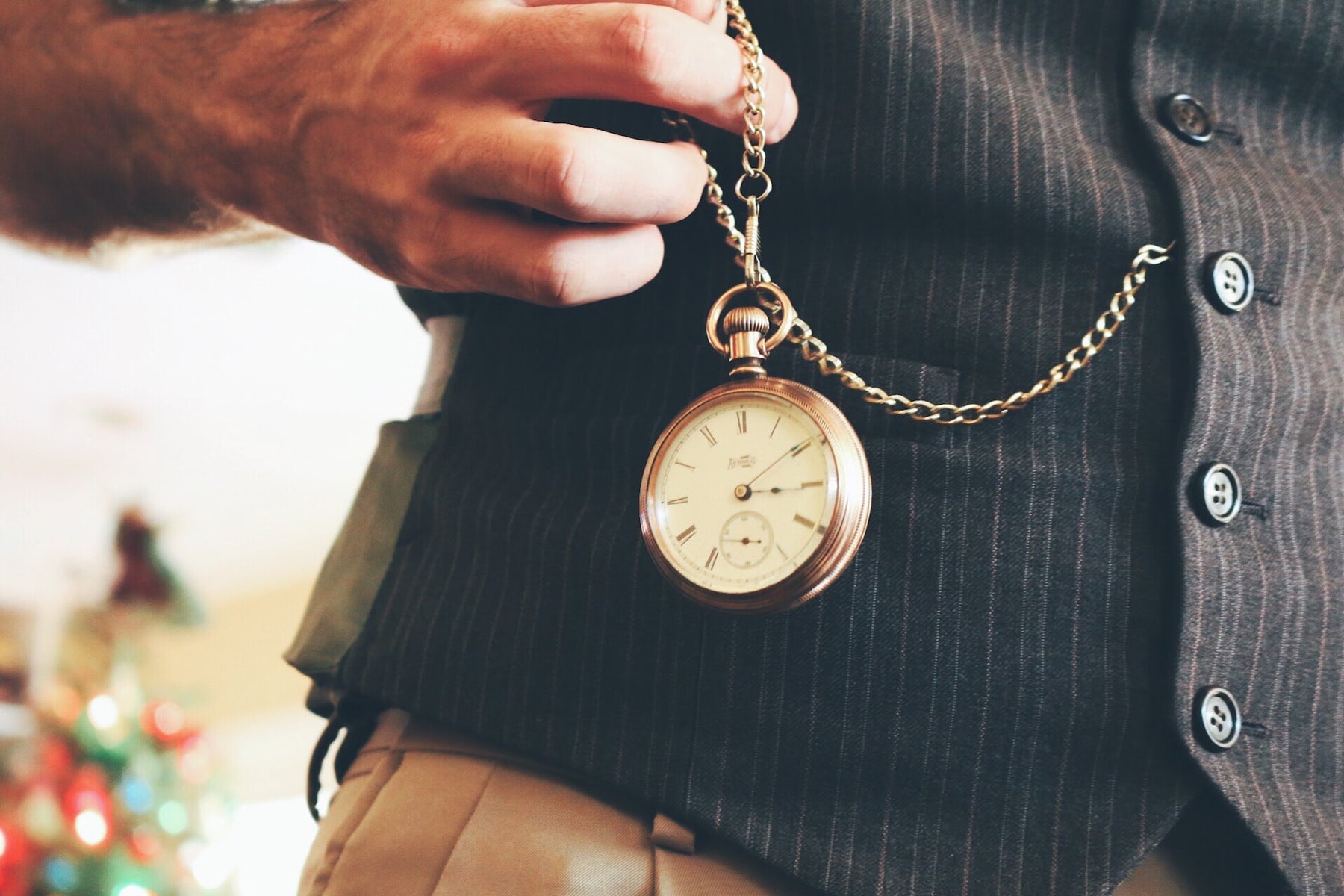1-(800)-642-0011
1-(800)-642-0011

Pocket watches, elegant and practical, have been an essential accessory for over four centuries. Join us on a fascinating journey through time as we explore the rich history of these exquisite timepieces.
The birth of the pocket watch can be traced back to the 16th century when the invention of the mainspring allowed for the creation of portable timekeeping devices. These early watches were not particularly accurate but were highly valued as status symbols. Typically worn around the neck or carried in the pocket of a waistcoat, they reflected the wealth and sophistication of their owners.
The invention of the balance spring in the 17th century significantly improved the accuracy of pocket watches. This allowed these timepieces to transition from fashionable accessories to practical tools used by scientists, navigators, and businessmen.
The 18th and 19th centuries witnessed a surge in the popularity of pocket watches. The Industrial Revolution made mass production possible, making these timepieces more accessible to the middle class. This period also saw the advent of the railroad, where the necessity for precise timekeeping led to the widespread use of the railway or "conductor's" pocket watch.
The early 20th century marked the peak of pocket watch production. However, the emergence of wristwatches, which gained popularity during World War I for their convenience, led to a decline in the use of pocket watches.
Today, pocket watches are cherished as collectibles and heirlooms, loved for their history, craftsmanship, and timeless elegance. From simple silver models to gold pieces encrusted with jewels, these timepieces serve as reminders of a bygone era when time was kept and treasured in the pocket.